Home>Articles>What Temperature Is Considered Medium High Heat On An Electric Skillet?
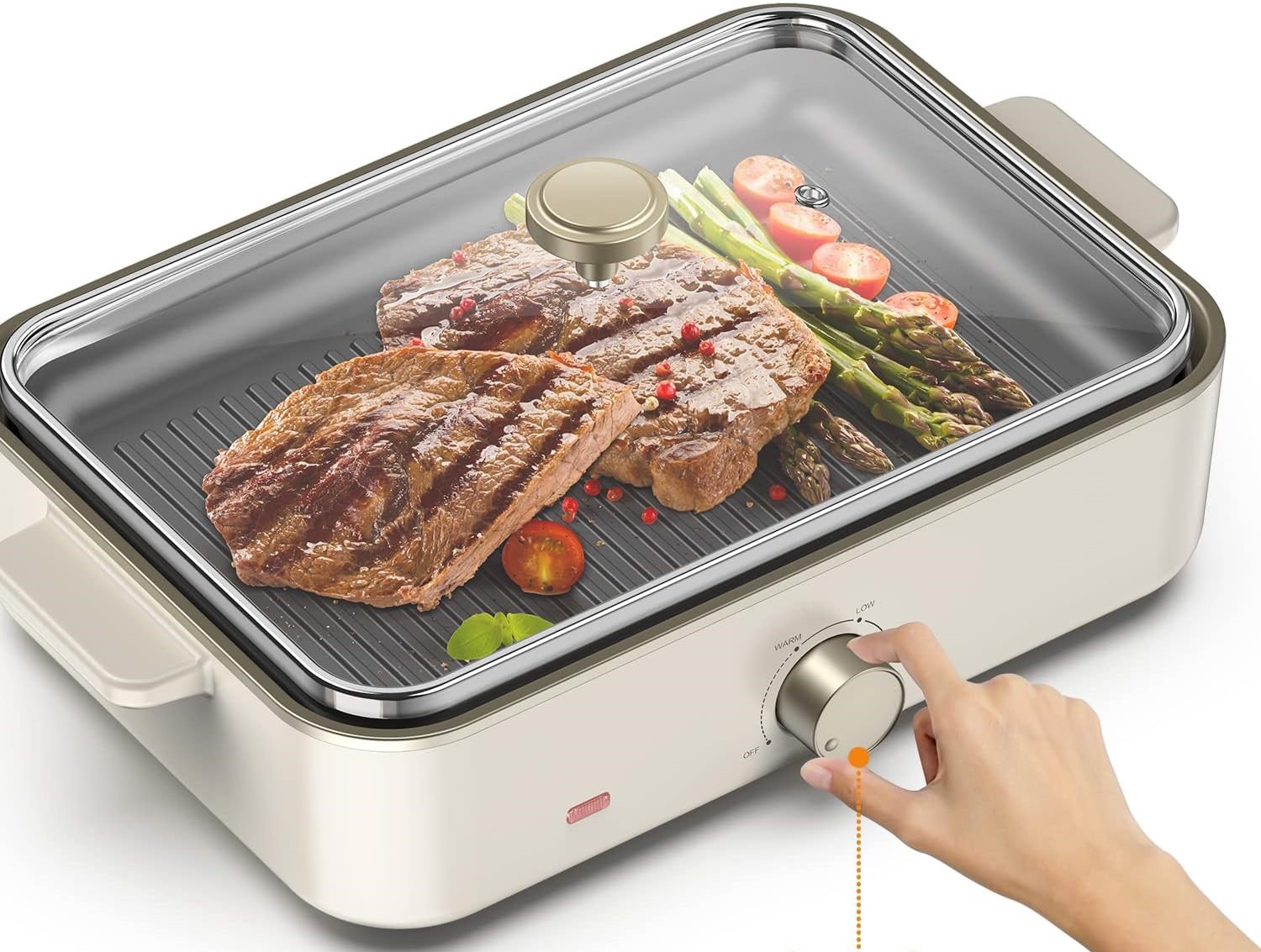

Articles
What Temperature Is Considered Medium High Heat On An Electric Skillet?
Modified: February 20, 2024
Discover the ideal temperature for cooking on an electric skillet with our informative article. Learn what is considered medium high heat and ensure perfect results every time.
(Many of the links in this article redirect to a specific reviewed product. Your purchase of these products through affiliate links helps to generate commission for Storables.com, at no extra cost. Learn more)
Introduction
Electric skillets have become increasingly popular in modern kitchens. They offer convenience, versatility, and precise temperature control for a wide range of cooking tasks. Whether you’re cooking breakfast, sautéing vegetables, or searing meats, understanding the temperature settings of an electric skillet is essential for achieving optimal cooking results.
In this article, we will dive into the world of electric skillets and explore what temperature is considered medium-high heat. We will also discuss the factors that influence temperature settings and provide some tips for cooking at medium-high heat in an electric skillet.
So, if you want to take your electric skillet cooking to the next level and prepare delicious meals with confidence, keep reading to uncover the secrets of mastering medium-high heat.
Key Takeaways:
- Medium-high heat on an electric skillet typically ranges from 350 to 400 degrees Fahrenheit, ideal for achieving a crispy exterior and locking in flavors while cooking meats, sautéing vegetables, or stir-frying.
- Factors like power rating, material thickness, lid usage, pan size, and ambient room temperature influence temperature settings in electric skillets, requiring adjustments for optimal cooking results.
Understanding Electric Skillets
Electric skillets, also known as electric frying pans, are versatile countertop cooking appliances that provide an alternative to traditional stovetop cookware. These skillets are portable, easy to use, and offer precise temperature control.
Most electric skillets feature a non-stick cooking surface, which eliminates the need for excess oil or butter and makes cleanup a breeze. They also come with a removable power cord, allowing for easy transport and storage.
One of the key advantages of electric skillets is their ability to maintain a consistent temperature throughout the cooking process. Unlike stovetops, which can experience fluctuations in heat, electric skillets have built-in thermostats that regulate the temperature accurately.
Electric skillets are available in various sizes and shapes, ranging from small pans suitable for individual portions to larger ones that can accommodate meals for a whole family. Some electric skillets even come with additional features like deep-dish capabilities, steaming racks, and temperature probes for precise cooking.
Whether you’re a student living in a dormitory, a busy professional with limited kitchen space, or simply someone who wants a convenient cooking option, an electric skillet can be a valuable addition to your kitchen arsenal.
Now that we have a basic understanding of what electric skillets are, let’s move on to determining the temperature settings in these versatile appliances.
Determining Temperature Settings in Electric Skillets
Electric skillets offer a wide range of temperature settings to accommodate various cooking needs. Understanding how to determine the right temperature setting is crucial for achieving the perfect cooking results.
Most electric skillets have a temperature dial or control panel that allows you to adjust the heat level. The dial is typically marked with temperature ranges or specific heat settings, such as low, medium, and high. However, the temperature displayed on the dial may not always correspond to an actual temperature reading.
To accurately determine the temperature, it is recommended to use an instant-read thermometer or an electric skillet with a built-in temperature probe. These tools can provide a precise reading, ensuring that your food is cooked to perfection.
Another way to determine the temperature setting is by considering the type of food you are cooking. Different ingredients require different cooking temperatures to achieve the desired results.
For example, if you are searing a steak, you will want to set the electric skillet to a medium-high heat setting to ensure a nicely browned exterior. On the other hand, if you are preparing delicate fish fillets, a lower heat setting may be more suitable to prevent overcooking.
It’s important to note that the desired temperature can vary depending on personal preference and the recipe you are following. Some recipes may specify a specific temperature, while others may provide general guidelines such as “cook over medium heat” or “bring to a boil.
Experimentation and practice play a significant role in determining the ideal temperature settings for your specific cooking needs. As you become more familiar with your electric skillet and the dishes you prepare, you’ll develop a better sense of what temperatures work best for different recipes.
Now that we understand how to determine the temperature settings in electric skillets, let’s dive into what temperature range is considered medium-high heat.
What Temperature Range is Considered Medium-High Heat?
When it comes to electric skillets, the temperature range considered medium-high heat can vary depending on the specific model and brand. However, as a general guideline, medium-high heat typically falls within the range of 350 to 400 degrees Fahrenheit (175 to 200 degrees Celsius).
At medium-high heat, the electric skillet generates enough heat to sear, brown, and caramelize ingredients quickly. This temperature range is ideal for achieving a crispy exterior and locking in flavors while cooking meats, sautéing vegetables, or stir-frying.
However, it’s important to note that electric skillet temperature dials may not always display specific temperature readings. Instead, they often use descriptive labels such as low, medium, and high to indicate heat levels. In this case, medium-high heat corresponds to the higher end of the medium setting or just below the high setting on the temperature dial.
If your electric skillet has a temperature control panel, it may provide specific heat settings such as 325, 350, 375, and so on. In this case, medium-high heat would typically be around the 375 to 400-degree Fahrenheit range (190 to 200 degrees Celsius).
It’s important to remember that each electric skillet is unique, and the actual temperature reached may vary. To ensure accuracy, use an instant-read thermometer or a skillet with a built-in temperature probe to confirm the temperature before cooking.
Now that you know the temperature range for medium-high heat, let’s explore the factors that can influence temperature settings in electric skillets.
For an electric skillet, medium high heat is typically around 350-375°F (175-190°C). This is ideal for searing, browning, and sautéing. Always refer to the manufacturer’s instructions for specific temperature recommendations.
Factors That Influence Temperature Settings in Electric Skillets
Several factors can influence the temperature settings in electric skillets, affecting how quickly and evenly they heat up and maintain their temperature. Understanding these factors will help you make the necessary adjustments to achieve the desired cooking results.
1. Power Rating: The wattage or power rating of an electric skillet plays a significant role in determining how quickly it can reach and maintain high temperatures. Higher wattage skillets tend to heat up faster and provide more consistent heat. If you find that your skillet takes longer to reach the desired temperature, it may have a lower power rating and require preheating for a longer period.
2. Material and Thickness: The material and thickness of the skillet’s non-stick cooking surface can affect its heat conductivity. Skillets with thicker and more heat-conductive materials, such as aluminum or cast iron, tend to distribute heat more evenly and maintain temperature stability. Thinner skillets may have hot spots or temperature variations, requiring adjustments in cooking time and temperature settings.
3. Lid Usage: Using a lid while cooking in an electric skillet can help trap heat and create a more controlled cooking environment. The lid helps to retain moisture and heat, allowing for faster and more even cooking. When using a lid, you may need to reduce the temperature setting slightly, as the trapped heat can intensify the cooking process.
4. Pan Size and Ingredients: The size of the pan and the type of ingredients being cooked can influence the temperature settings. Larger pans may require higher heat settings to compensate for heat loss due to increased surface area. Additionally, certain ingredients, such as dense meats or frozen items, may require higher temperatures to ensure thorough cooking.
5. Ambient Room Temperature: The ambient room temperature can affect how an electric skillet performs. If the room temperature is particularly cold, the skillet may take longer to reach the desired heat setting. On the other hand, a hotter room temperature can impact the skillet’s ability to maintain a consistent temperature, necessitating adjustments to prevent overheating.
By considering these factors and making the necessary adjustments, you can optimize the temperature settings of your electric skillet for optimal cooking results.
Now that we understand the factors influencing temperature settings, let’s explore some tips for cooking at medium-high heat in an electric skillet.
Read more: What Temperature Is Medium Heat On A Grill
Tips for Cooking at Medium-High Heat in an Electric Skillet
When cooking at medium-high heat in an electric skillet, it’s important to consider a few tips to ensure successful and delicious results. Here are some helpful tips to keep in mind:
1. Preheat the skillet: Allow your electric skillet to preheat for a few minutes before adding any ingredients. Preheating ensures that the skillet reaches the desired temperature and helps to create a nicely seared or browned exterior when cooking meats or vegetables.
2. Use the right oil: Choose an oil with a high smoke point, such as vegetable, canola, or avocado oil, when cooking at medium-high heat. These oils can withstand higher temperatures without burning or smoking, allowing you to achieve a beautiful sear or crisp texture.
3. Avoid overcrowding the skillet: Overcrowding the skillet can lower the temperature and prevent proper browning or caramelization. Cook food in smaller batches or use a larger skillet if necessary to ensure even cooking and browning.
4. Monitor the cooking process: Keep a close eye on the food as it cooks at medium-high heat. Adjust the heat settings if needed to prevent burning or overcooking. Turning the food occasionally can promote even cooking and browning on all sides.
5. Use the lid strategically: In some cases, using a lid can help cook food more quickly or prevent drying out. For instance, when cooking thicker cuts of meat, you can use a lid to trap the heat and cook the inside while achieving a desirable exterior sear. However, be cautious as the trapped heat can intensify the cooking process, so you may need to lower the temperature slightly.
6. Test for doneness: Use a meat thermometer or visual cues to determine if the food has reached the desired level of doneness. Different foods have different internal temperature recommendations for safe consumption. For example, a medium-rare steak should have an internal temperature of around 135°F (57°C).
7. Adjust cooking times and temperatures: As you become more familiar with your electric skillet, you may find that certain recipes or ingredients require slight modifications in cooking times and temperature settings. Don’t be afraid to experiment and make adjustments to achieve the desired results.
By following these tips, you can confidently cook at medium-high heat in your electric skillet and create delicious, perfectly cooked meals every time.
Now, let’s wrap up our discussion.
Conclusion
Electric skillets are versatile cooking appliances that offer precise temperature control and convenience in the kitchen. Understanding temperature settings, especially medium-high heat, is essential for achieving the best cooking results.
When determining temperature settings in electric skillets, it is helpful to use tools like instant-read thermometers or built-in temperature probes to ensure accuracy. Additionally, considering the type of food being cooked and experimenting with different settings will help you find the ideal temperature for your specific recipes.
Medium-high heat in electric skillets generally falls between 350 to 400 degrees Fahrenheit (175 to 200 degrees Celsius). However, it’s important to keep in mind that each electric skillet may have slight variations in temperature readings, so using an accurate measuring tool is recommended.
Several factors can influence temperature settings in electric skillets, including power rating, material thickness, lid usage, pan size, and ambient room temperature. Understanding these factors allows you to make necessary adjustments to achieve the desired cooking results.
When cooking at medium-high heat, it’s essential to preheat the skillet, use high smoke point oils, avoid overcrowding, monitor the cooking process, and use the lid strategically. By following these tips, you can ensure that your food is cooked evenly, with a delicious sear and optimal flavor.
In conclusion, mastering temperature settings, especially medium-high heat, in an electric skillet opens up a world of cooking possibilities. With practice, experimentation, and attention to the factors that influence temperature, you can unleash your culinary creativity and prepare amazing meals with ease and confidence.
So, go ahead and embrace the versatility of your electric skillet, explore new recipes, and enjoy the delicious results that come from cooking at medium-high heat.
Frequently Asked Questions about What Temperature Is Considered Medium High Heat On An Electric Skillet?
Was this page helpful?
At Storables.com, we guarantee accurate and reliable information. Our content, validated by Expert Board Contributors, is crafted following stringent Editorial Policies. We're committed to providing you with well-researched, expert-backed insights for all your informational needs.
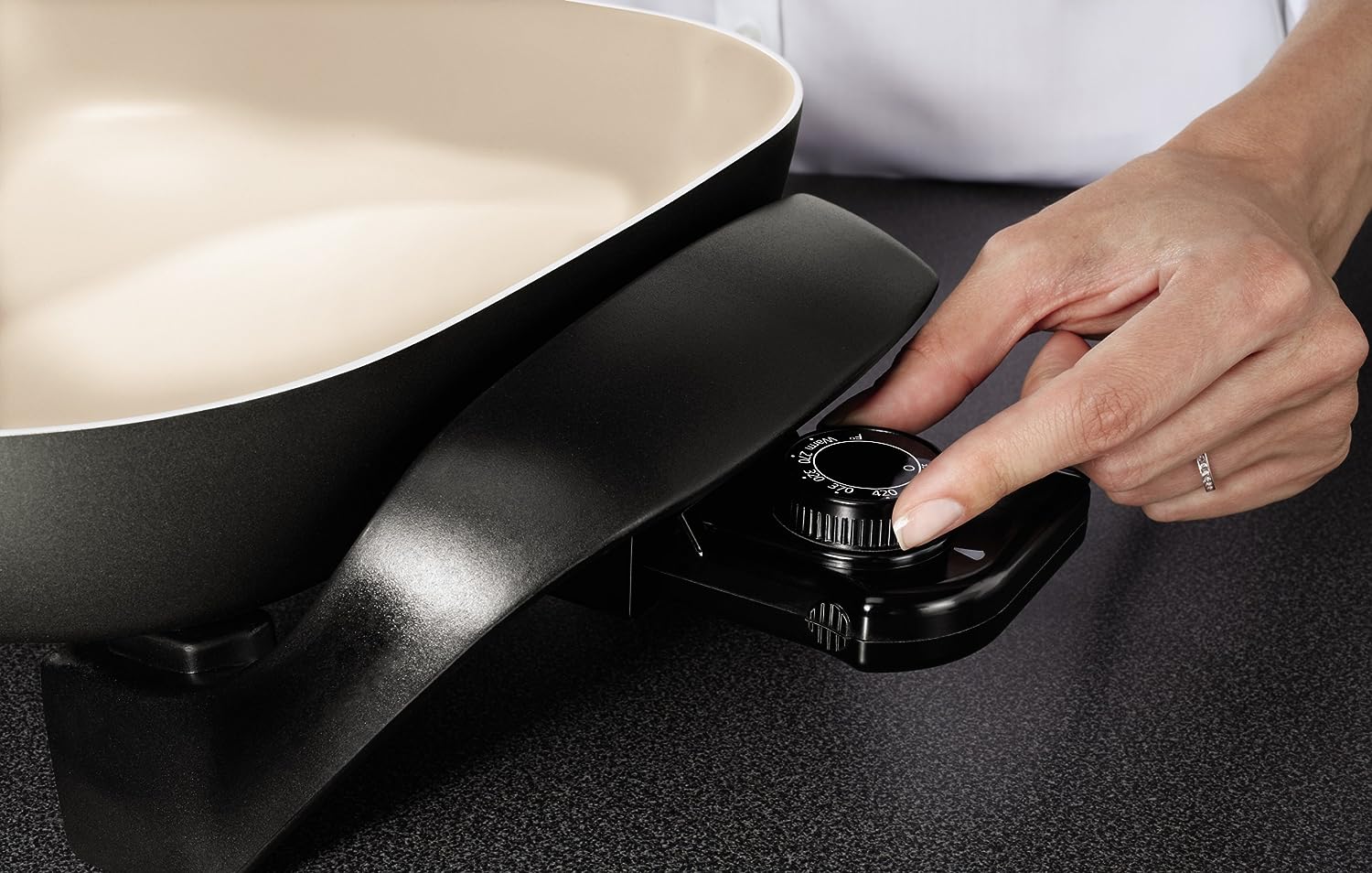
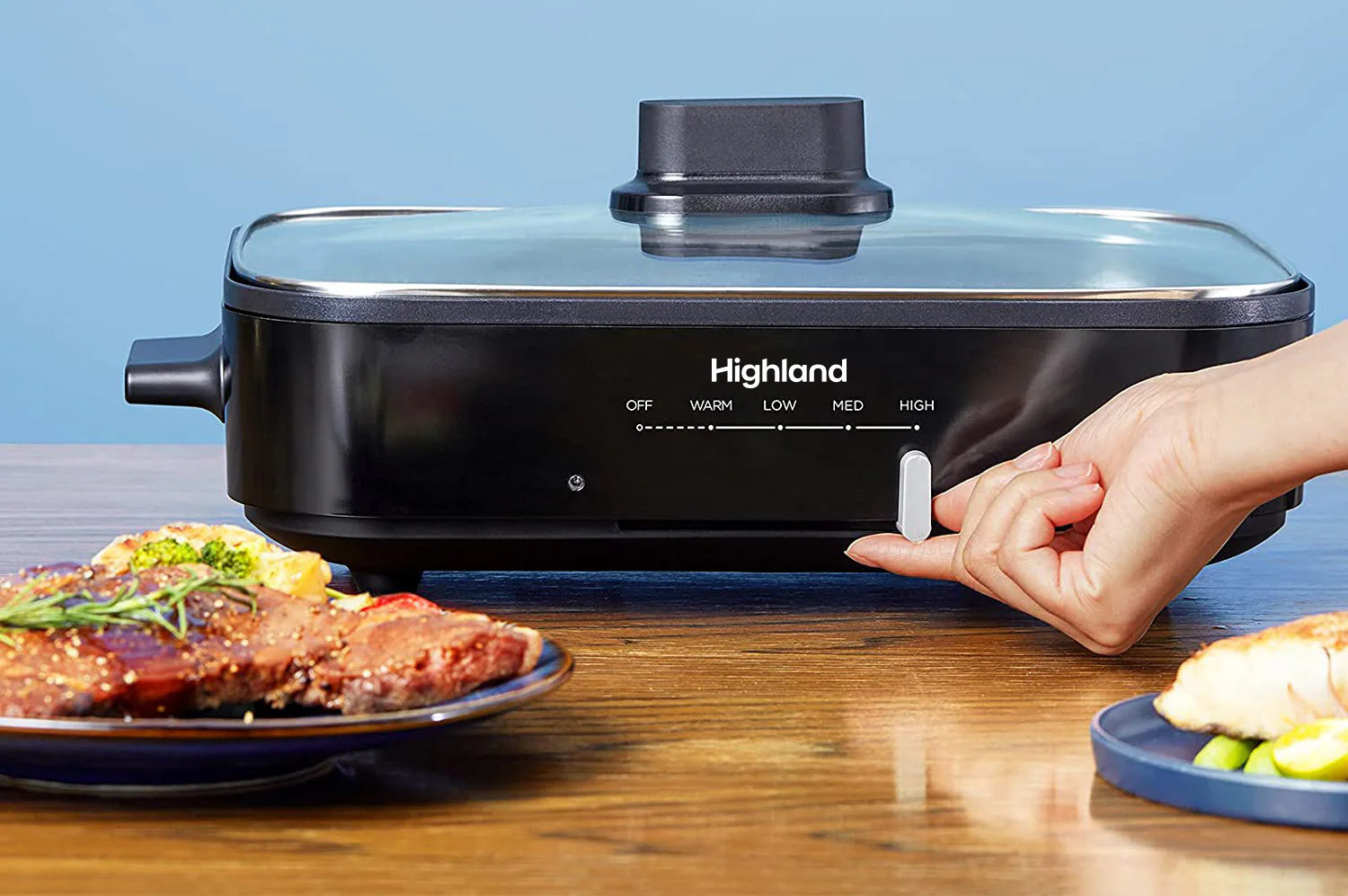
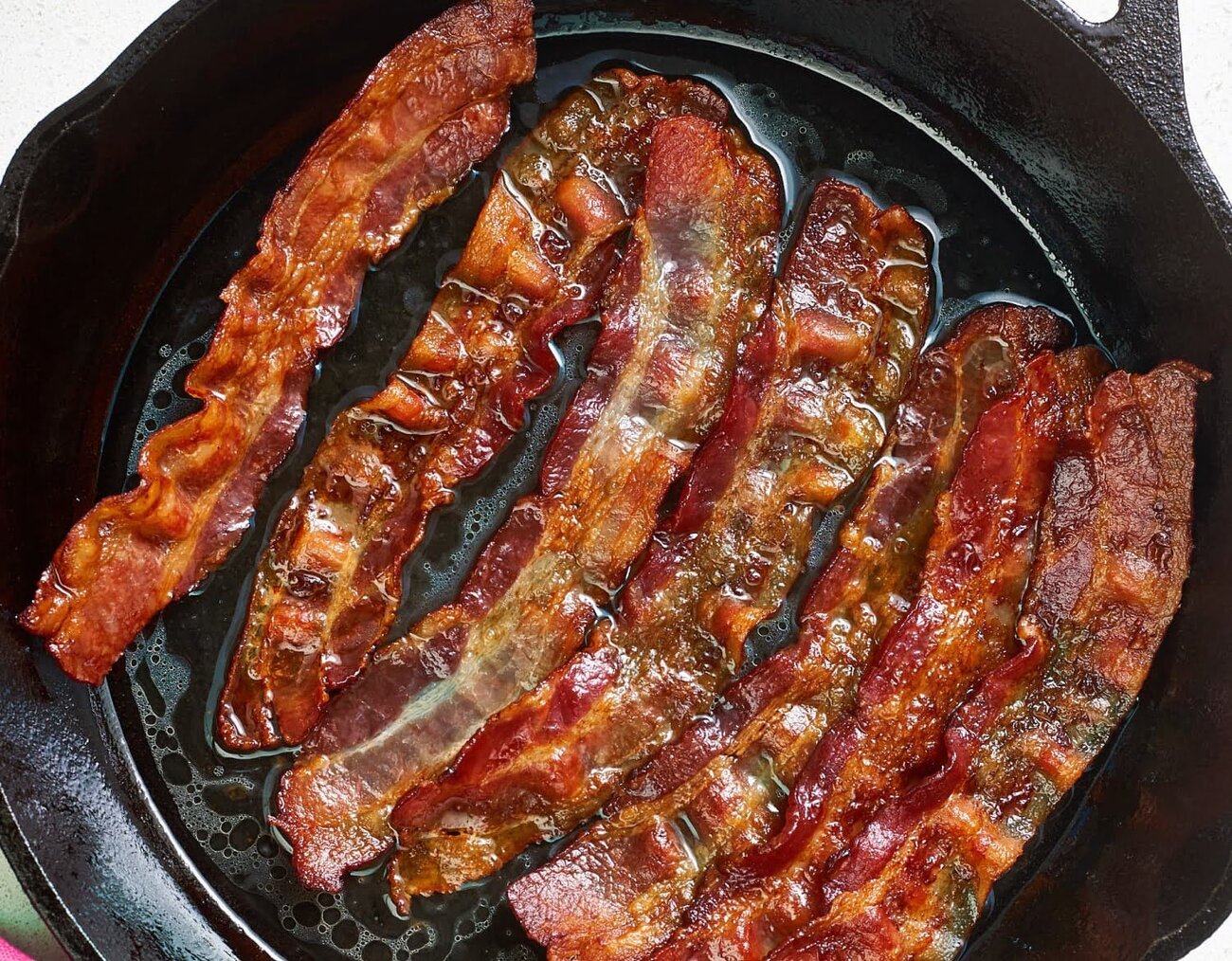
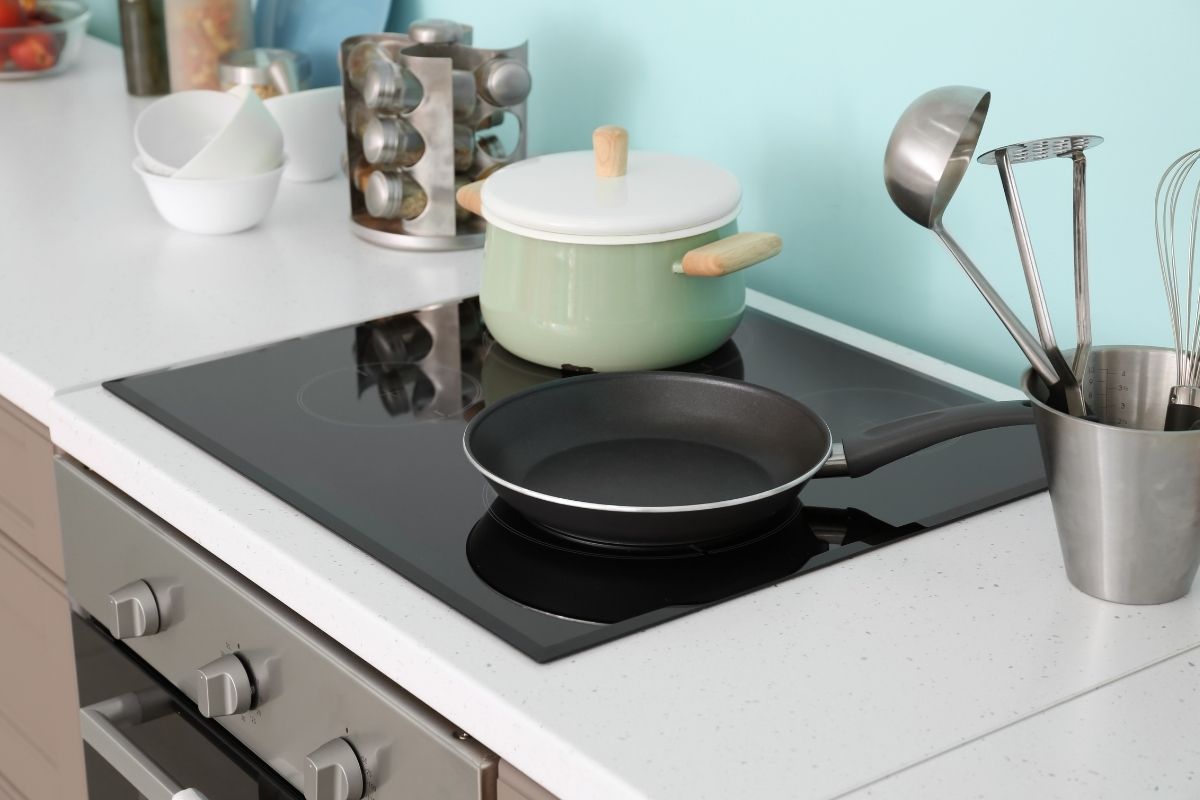
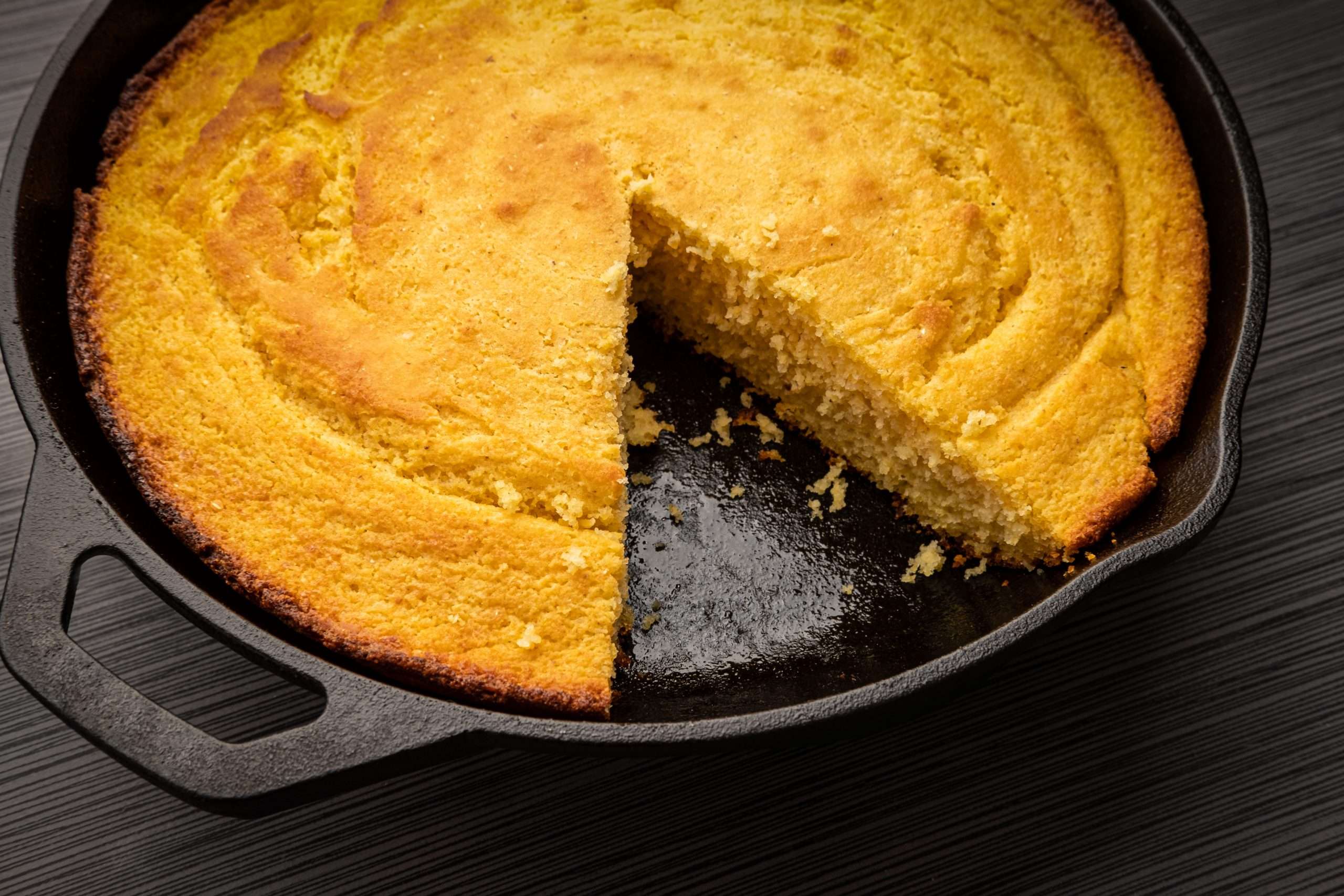
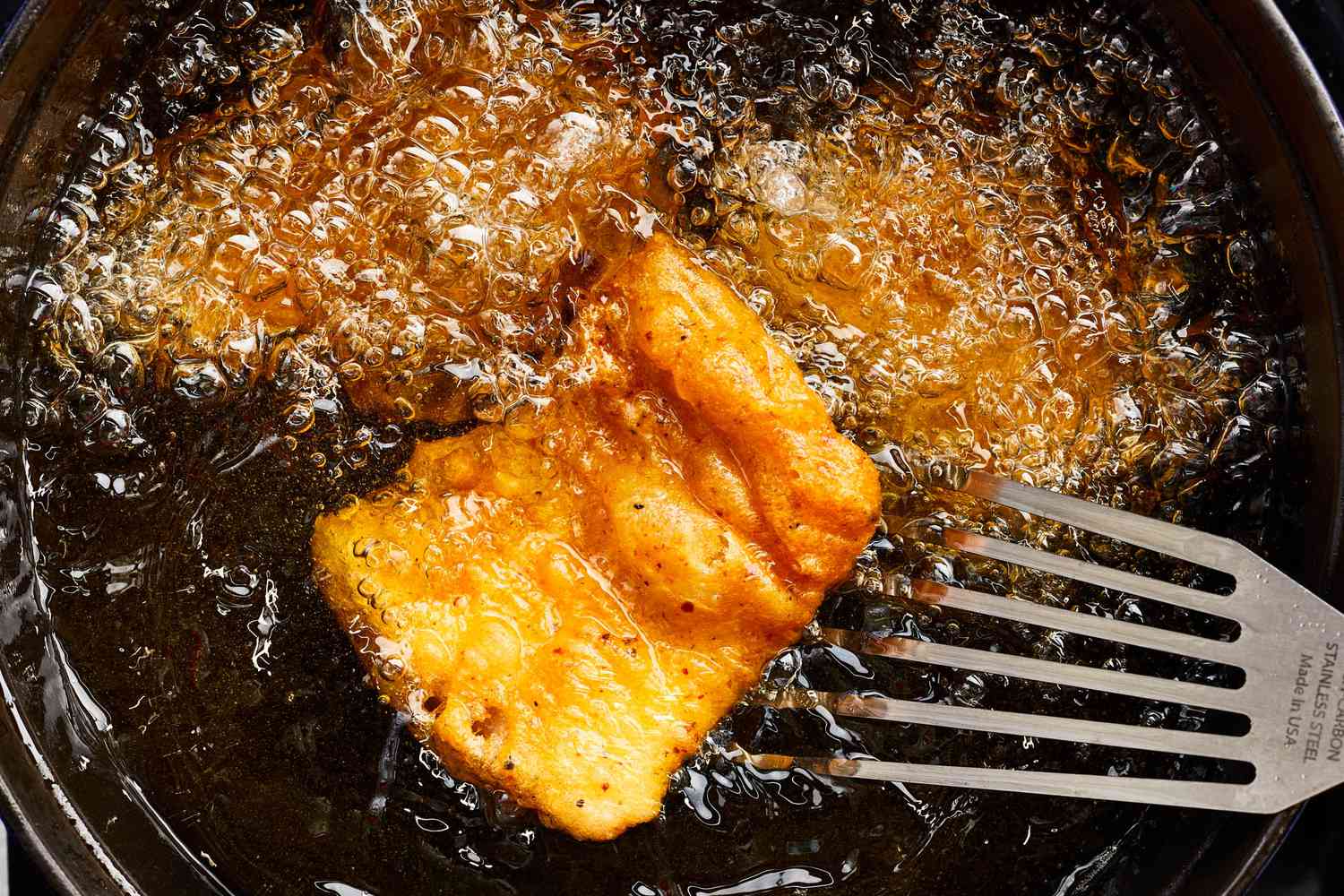
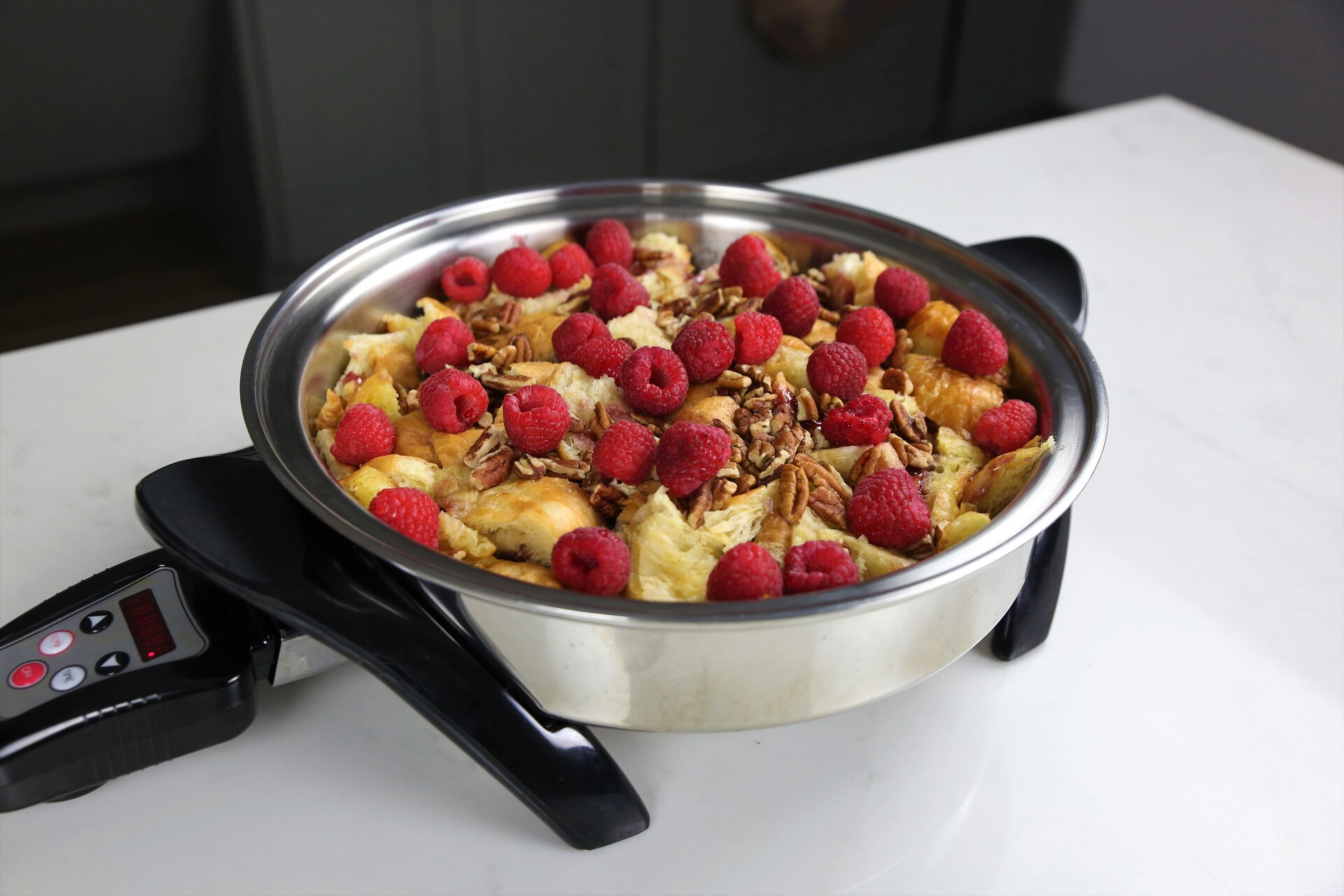
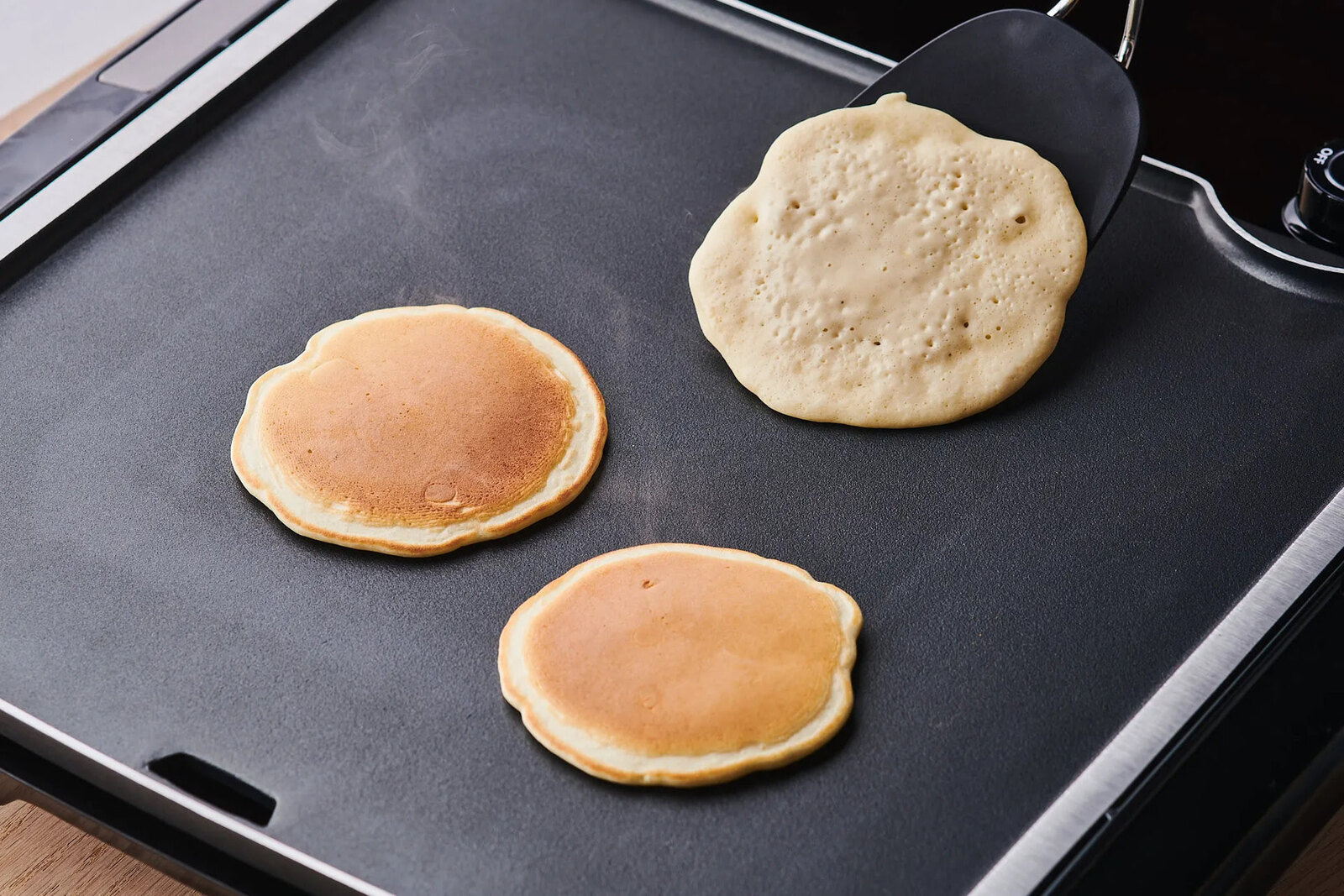
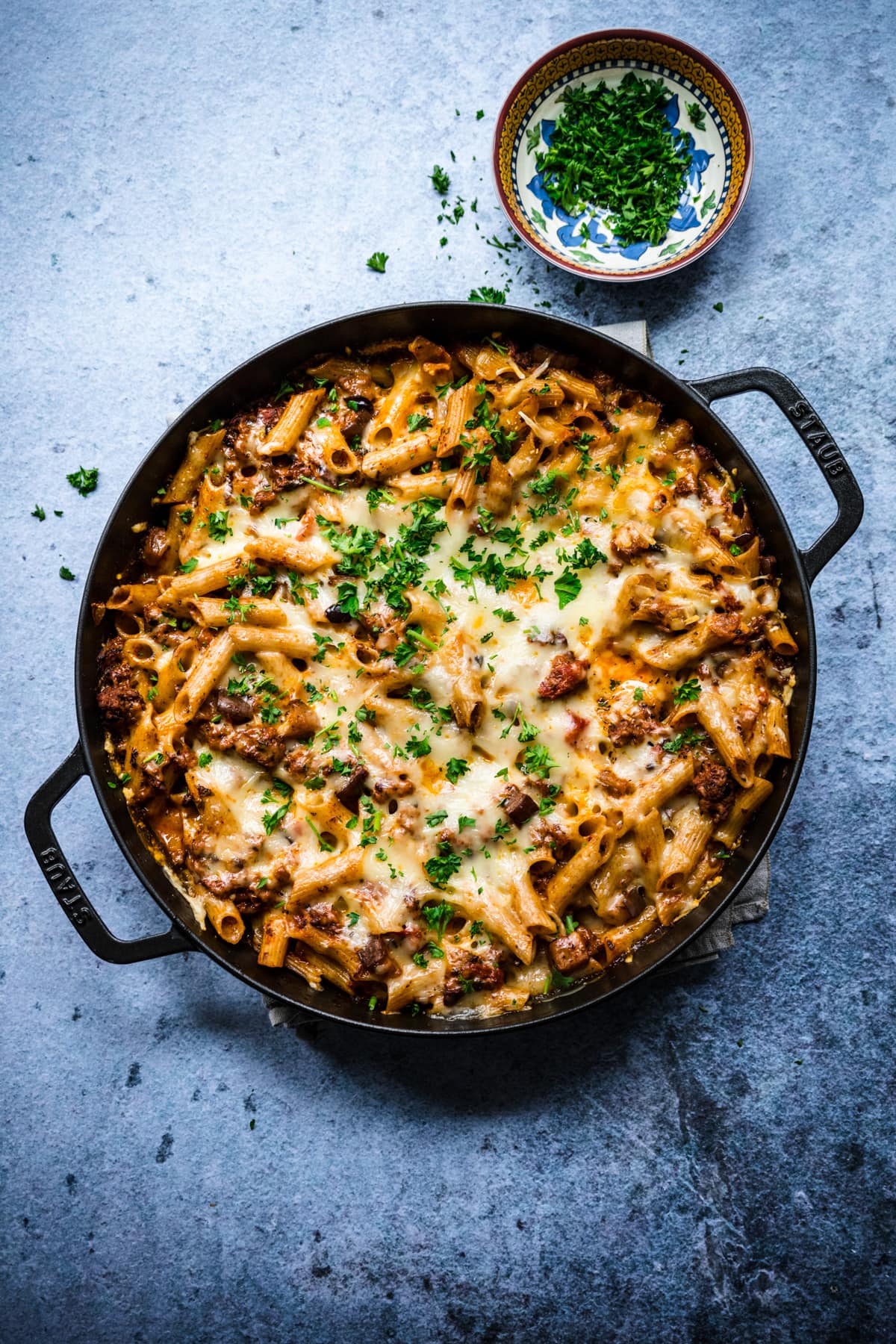
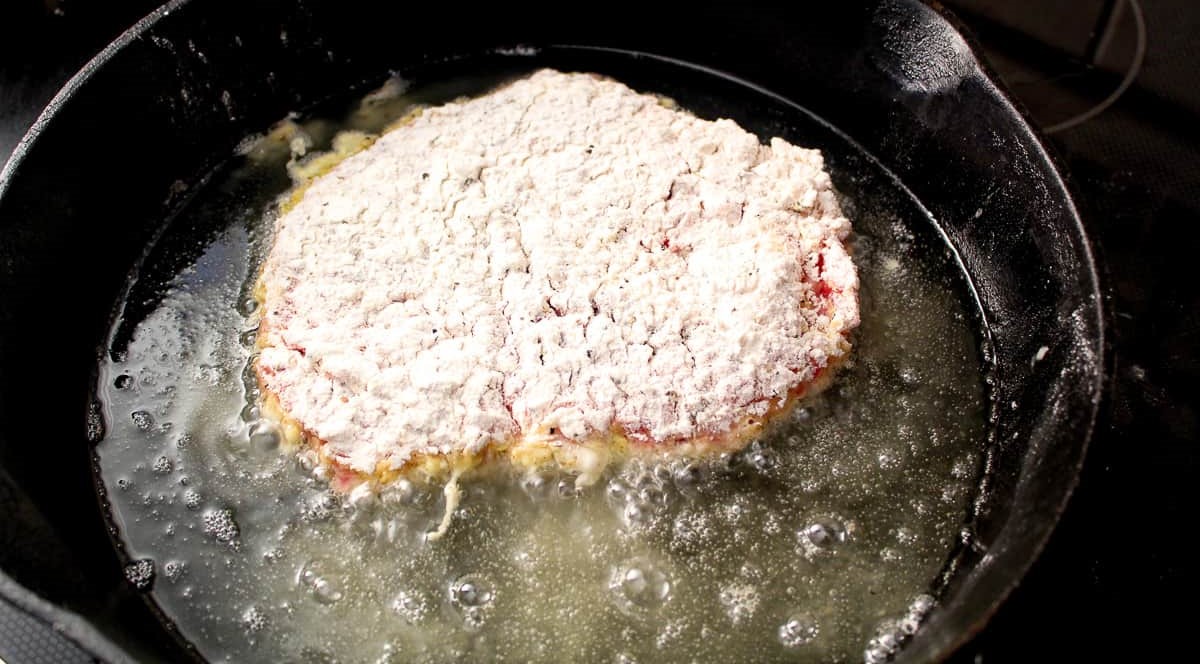
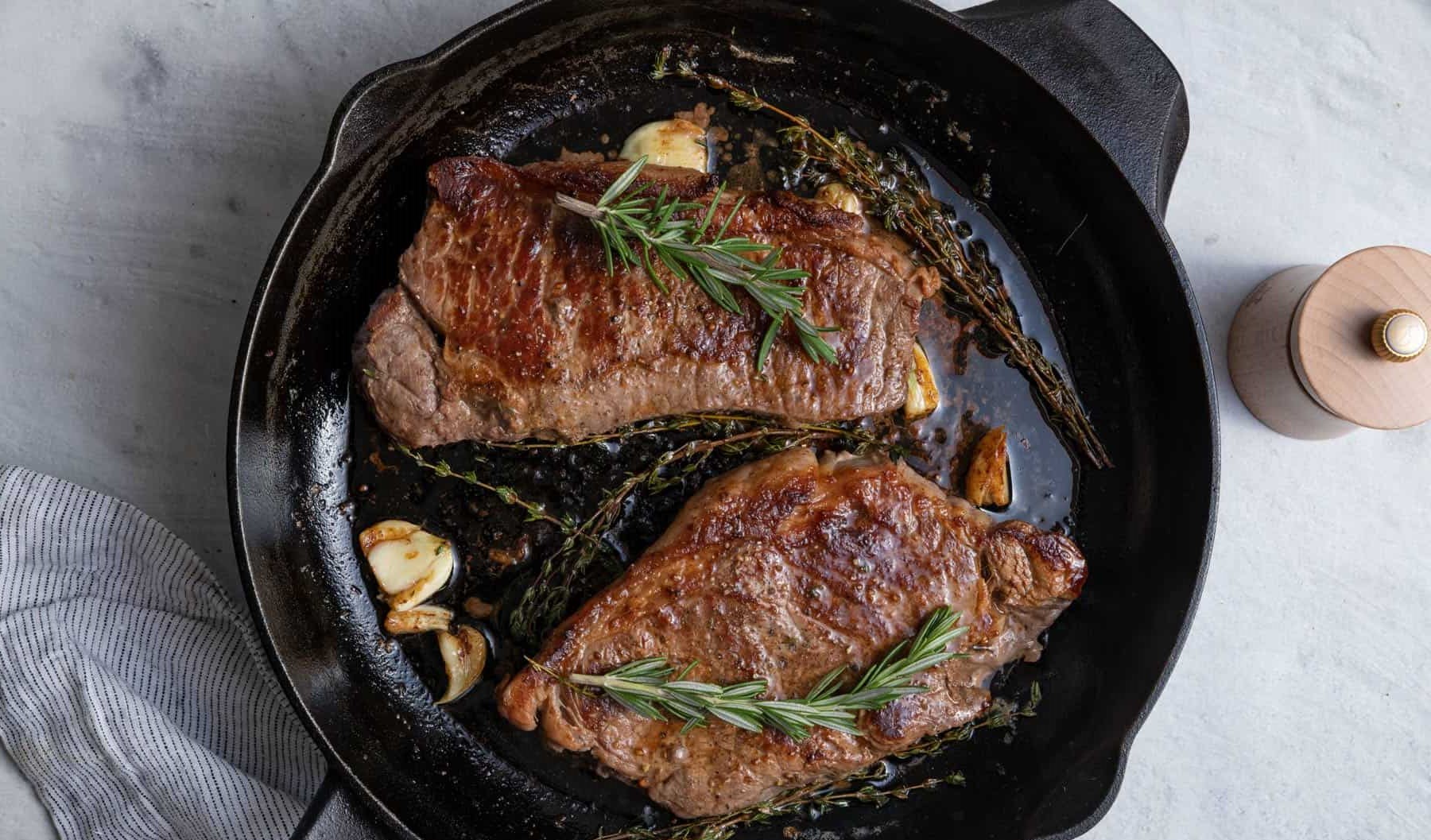
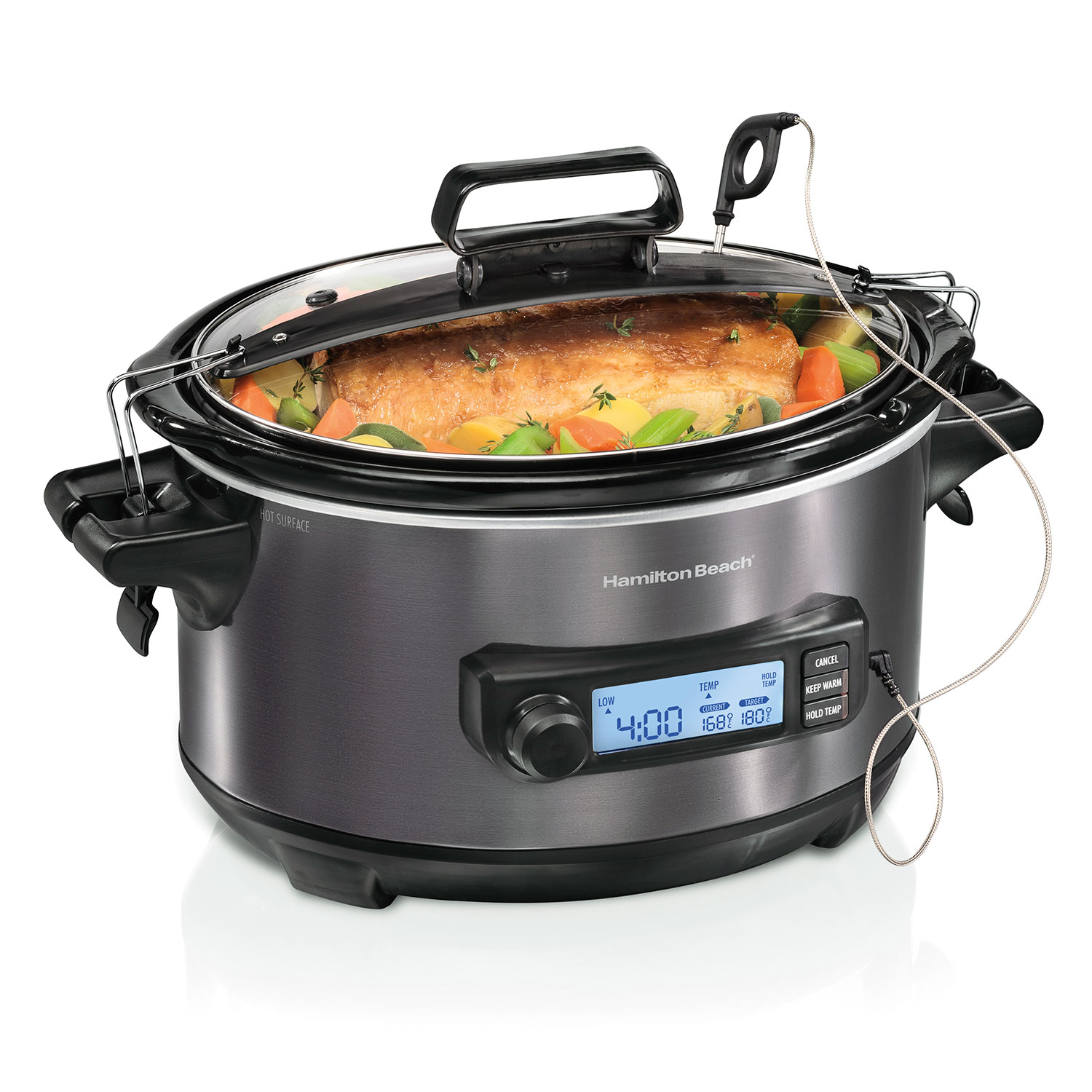
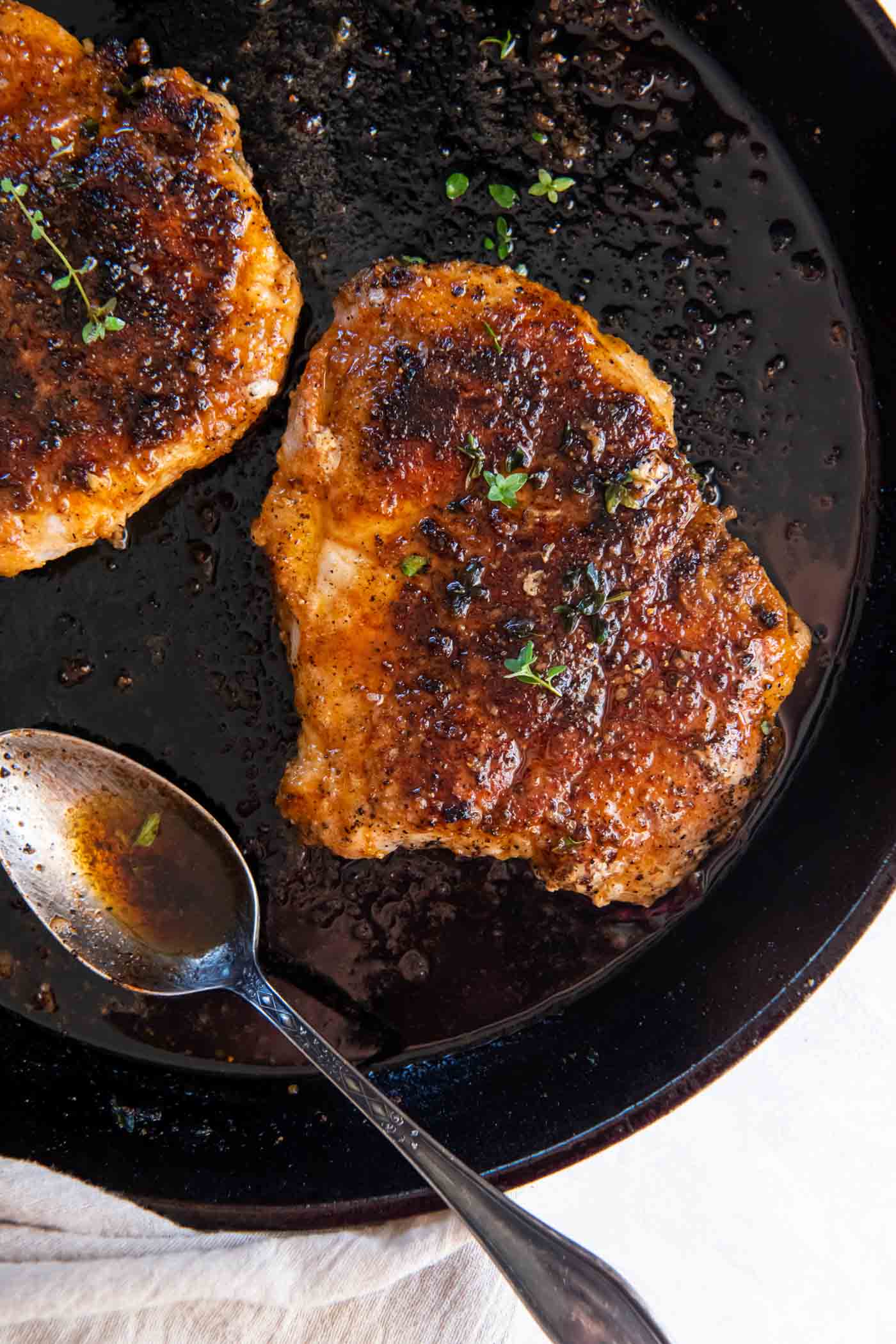
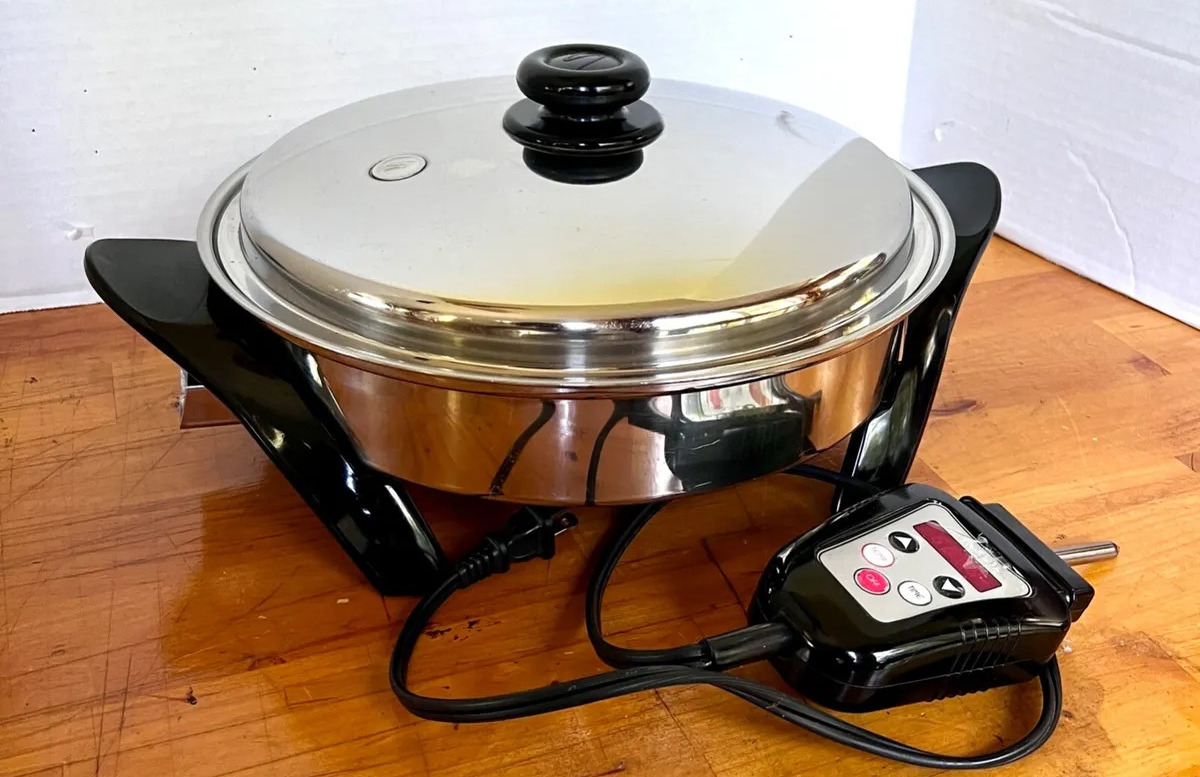

0 thoughts on “What Temperature Is Considered Medium High Heat On An Electric Skillet?”